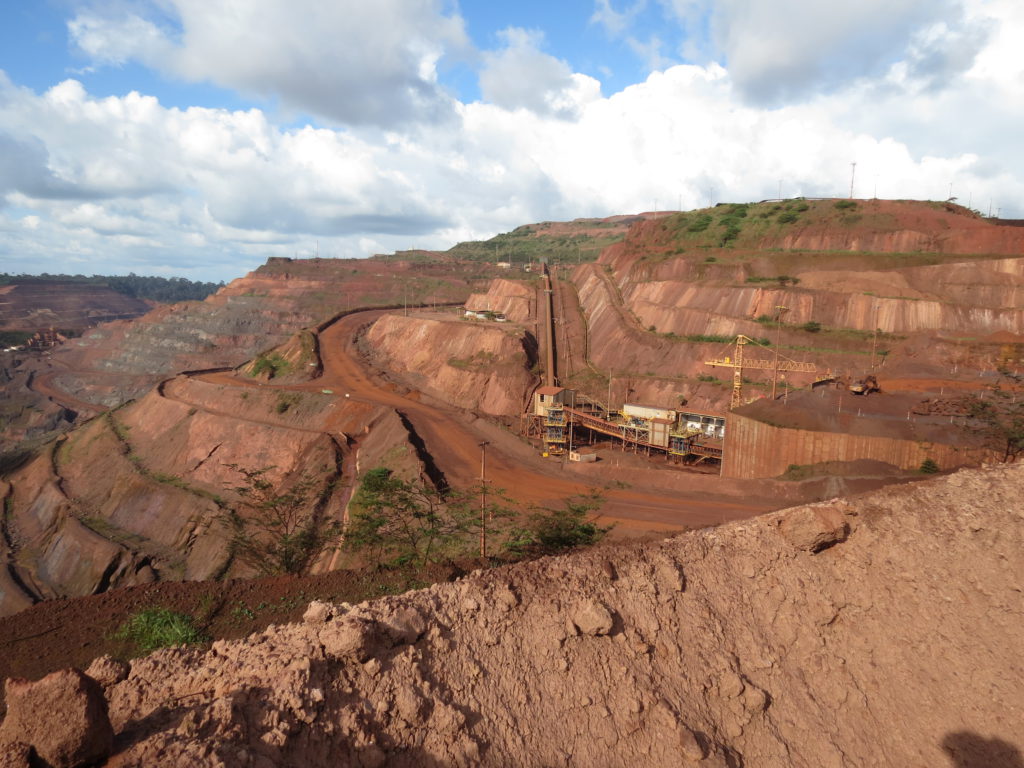Vale to turn Amazon mining waste into high-grade iron ore

Metals producer Vale SA is turning 37 years worth of mining waste at an iron ore complex in the Amazon into high-quality material to be used in steel production.
The company has started extracting scrap that had been dumped at a tailings dam at Carajas in northern Brazil since 1985 as part of a project at its largest iron ore operation. The material, which is rich in iron ore particles, will be processed into feed for a plant that makes pellets to be used in blast furnaces for steelmaking. The $485 million Gelado project will have an initial production capacity of 5 million tons a year.
The investment fits in Vale’s strategy of shifting toward higher-quality ore that requires less energy to process as the steel industry looks for alternatives to cut emissions. The world’s No. 2 iron ore producer said it wants to lead the supply of cleaner materials to its customers to capture higher premiums and achieve the target of cutting emissions from its suppliers and clients 15% by 2035.
Vale is using all-electric dredges to extract the 140 million tons of tailings, along with pumps powered by hydroelectricity instead of fossil fuels. After that, the ore undergoes a process that uses magnets to separate ferrous particles from contaminants and improve its quality.
The equipment will avoid emitting 484,000 tons of carbon dioxide over a decade, the Rio de Janeiro-based miner said, which is equal to the annual emissions of 104,000 gasoline-powered cars.
The operation is expected to reach full annual capacity of 10 million tons by 2026. That could translate into 8.3 million tons of pellets, or about a quarter of Vale’s total output last year. This is the first time Vale has used this technology in its northern operations. Gelado should help improve the safety of a tailings dam in the middle of Brazil’s Amazon forest.
“It’s an innovative process that seeks sustainability by exploiting the tailings deposited in the Gelado dam since the plant started operating in 1985,” said Joao Falcao, executive manager of the Carajas operations.
(By Mariana Durao)
{{ commodity.name }}
{{ post.title }}
{{ post.date }}


Comments